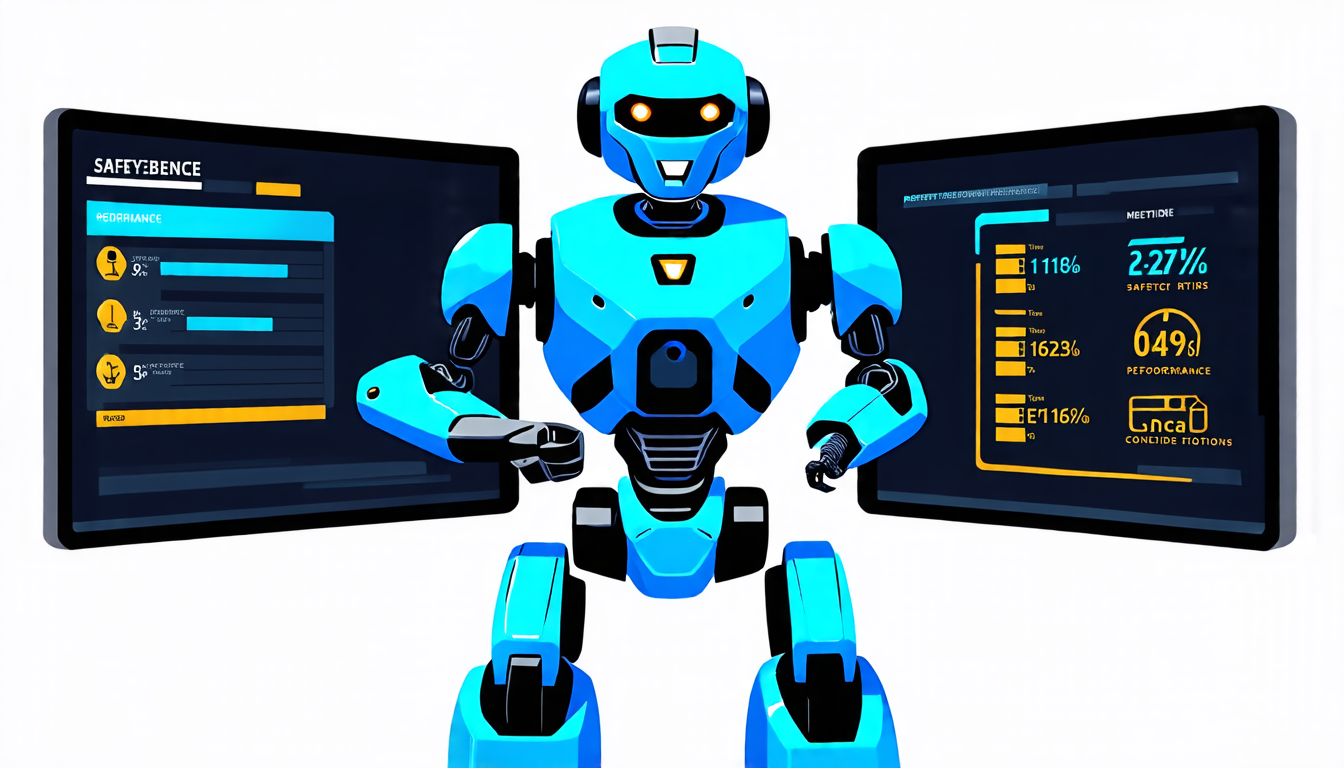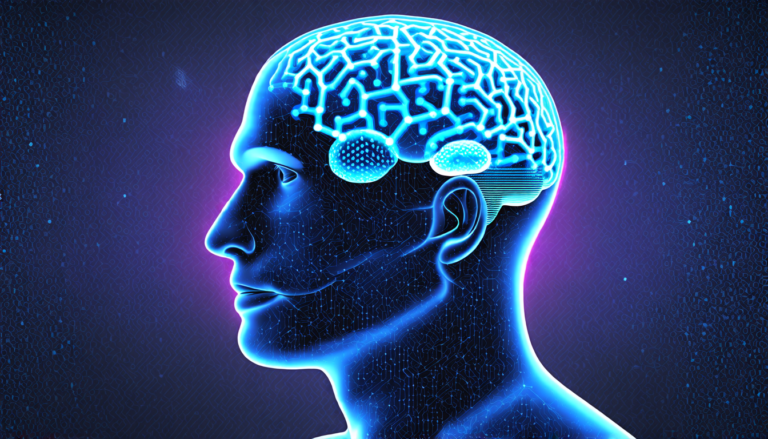Friday 28 March 2025
Artificial Intelligence (AI) has become an integral part of our daily lives, from virtual assistants like Siri and Alexa to self-driving cars and medical diagnosis tools. But as AI systems become increasingly complex, evaluating their performance and potential risks has become a pressing concern.
Researchers have developed various evaluation methods for AI, but these approaches often focus on specific aspects of the technology, such as its ability to recognize images or understand natural language. However, this narrow focus can lead to an incomplete understanding of the AI system’s capabilities and limitations.
A recent study aimed to address this issue by developing a framework that categorizes AI evaluation methods into six distinct paradigms. These paradigms are based on the goals, methodologies, and research cultures behind each evaluation approach.
The first paradigm is focused on understanding how well an AI system performs a specific task, such as recognizing objects in images or transcribing spoken language. This approach is commonly used in benchmarking competitions, where AI systems are pitted against each other to achieve the best results.
In contrast, the second paradigm takes a more holistic view of the AI system’s capabilities, examining its ability to generalize and adapt to new situations. This approach is particularly important for AI systems that will be used in real-world applications, such as autonomous vehicles or medical diagnosis tools.
The third paradigm focuses on the safety and reliability of the AI system, evaluating its potential risks and limitations. This approach is crucial for AI systems that will be used in critical applications, such as healthcare or finance.
The fourth paradigm explores the ethical implications of AI systems, examining their potential impact on society and individual rights. This approach is becoming increasingly important as AI systems become more pervasive and influential.
The fifth paradigm examines the transparency and explainability of AI systems, evaluating how well they can be understood and interpreted by humans. This approach is essential for building trust in AI systems and ensuring that they are used responsibly.
Finally, the sixth paradigm takes a broader view of AI evaluation, examining its potential to improve human life and society as a whole. This approach recognizes that AI is not just a tool, but also a means to achieve positive social change.
By categorizing AI evaluation methods into these six paradigms, researchers can gain a more comprehensive understanding of the technology’s capabilities and limitations. This framework can help developers create safer, more reliable, and more ethical AI systems that benefit humanity as a whole.
Cite this article: “Evaluating Artificial Intelligence: A Framework of Six Paradigms”, The Science Archive, 2025.
Artificial Intelligence, Evaluation Methods, Performance, Risks, Paradigms, Benchmarking, Generalization, Safety, Ethics, Transparency







